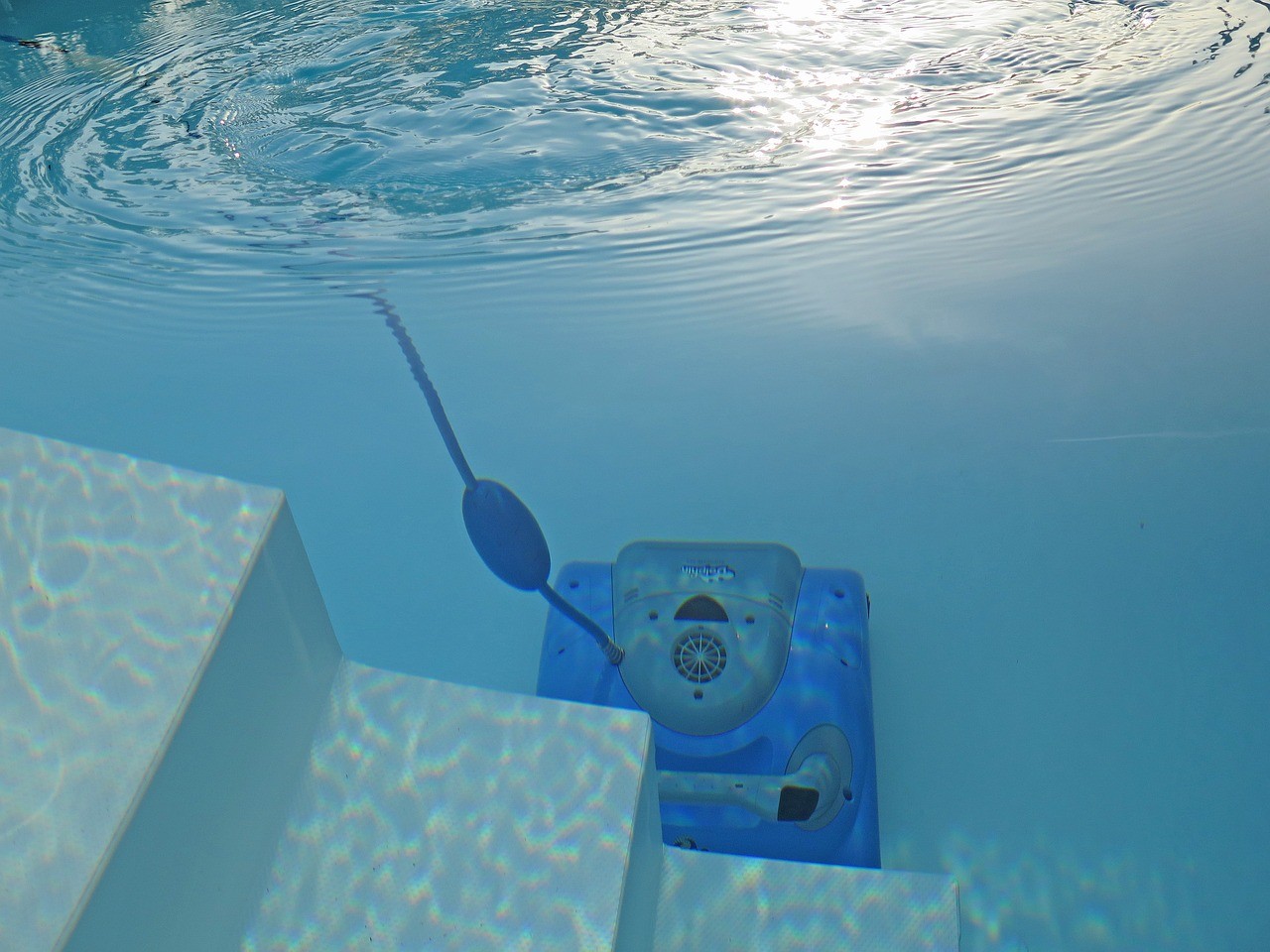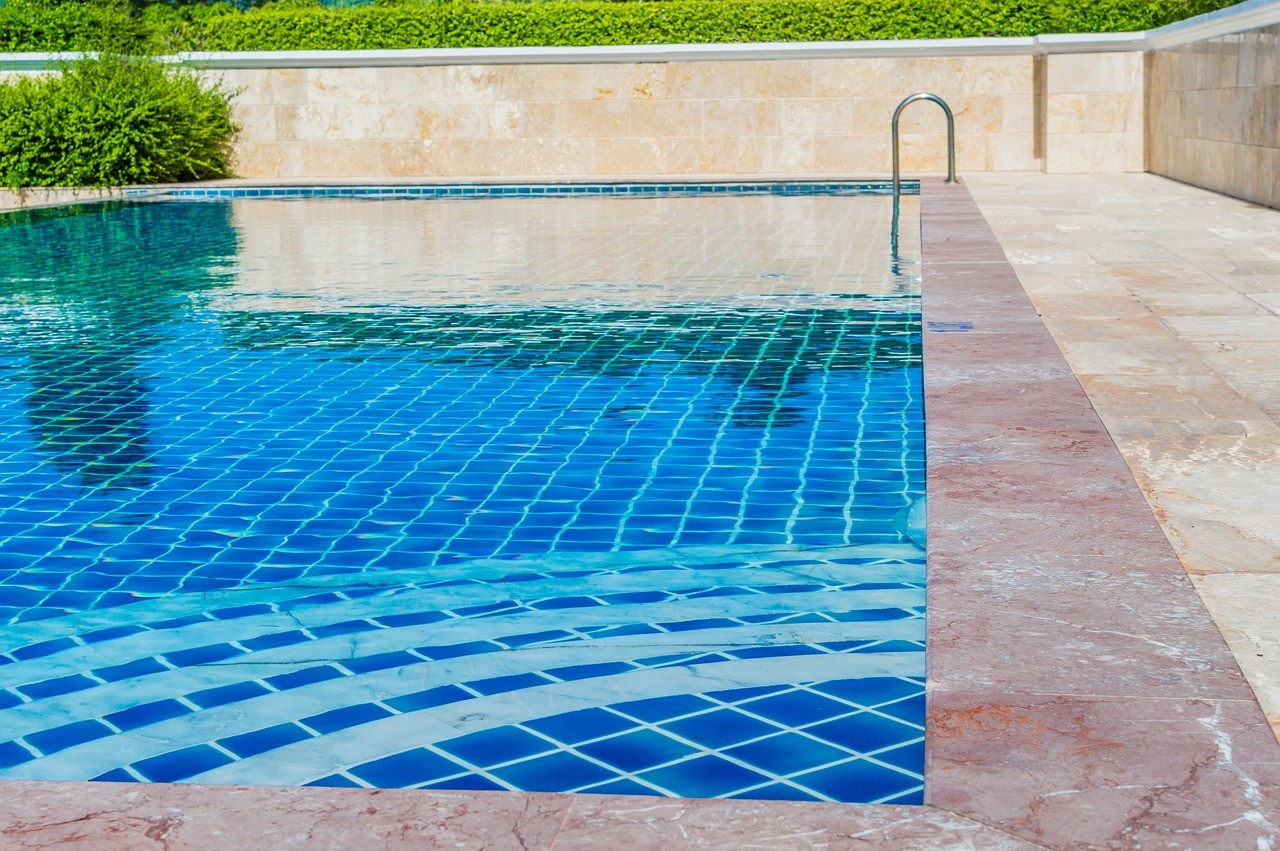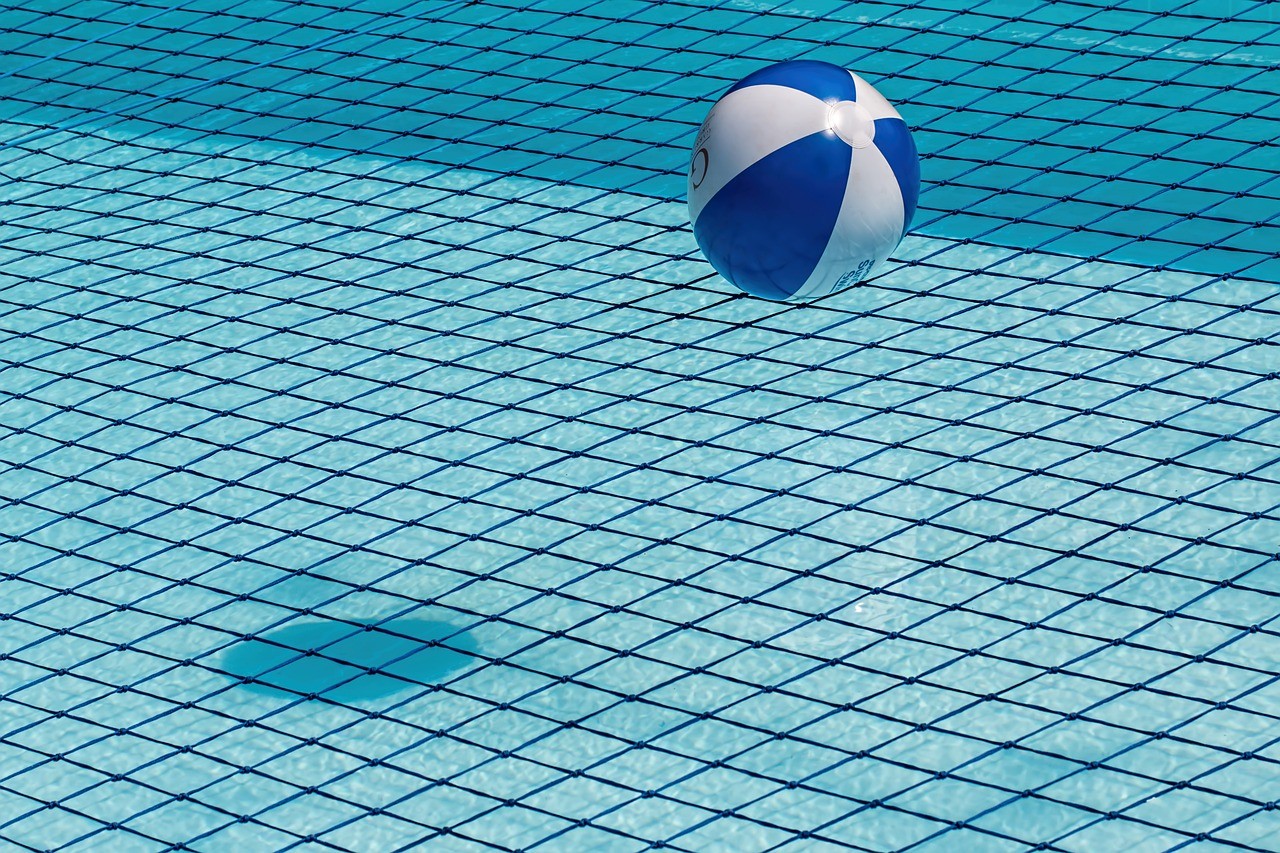Your sparkling diamond of perfection is looking a little cloudy these days. Is it algae or your pool filter? The bottom of your swimming pool is not as blue as it used to be. Does it need vacuuming or an algae cleaner? A lot of your swimming pool maintenance requirements are learned when you first get your pool.
However, they can be difficult to understand the first time and hard to implement if you’re not prepared with the correct equipment. Let’s get into how you can return your swimming pool to the sparkling oasis it used to be. Now you can relax and float and read good books and visit with your friends.
How Do You Know that Algae is in Your Pool?
Your water should have a slightly bluish tint. This will be from the chlorine that you use as a sanitizer or from the painted sides of your pool. Either way, all other aspects of your water should be clear as crystal. On a calm day, you should see sharply defined shadows on the bottom of your pool when you stand next to it.
What color is your water?
Walk around your swimming pool. Look at the water from different angles and in different kinds of light. Is there a film on the surface? Do the sides and the bottom have identical colors?
Make note of any darkness in the nooks and crannies. Places of shadow and without a lot of circulation tend to accumulate bits of debris. This debris can consist of leaves, dirt, mold, algae, twigs, and actual plant life.
Is any part of your water yellow? Does it get bright green in some places and darker green in others? Have you attributed any green color to the presence of chlorine, rather than algae?
Can you easily see swimmers at the bottom of the pool?
While water bends and plays with light, you should still be able to see swimmers at the bottom of your pool with ease and clarity. They should be sharply defined and outlined against the bottom of your pool. If they show up as a colored blob, then your water is too cloudy.
Does there seem to be a clear film on the surface of the water?
Sometimes, it can be difficult to see a film on the surface of the water. You’ll have to walk around the pool and view the surface from many different angles of light. At some point, you should be able to get a mirror reflection.
When you get a perfect mirror reflection, look carefully at the surface of the water. Is there anything breaking up or interrupting the reflection? Do you see pond scum floating on the surface?
Basic Pool Maintenance to Prevent Algae in the First Place
The phrase “An ounce of prevention is worth a pound of cure” is apt here. You don’t want to be in a position of having to clean up a lot of algae in your pool. We hope that you’re reading this article right after your water just became cloudy.
However, even if you have a full infestation on your hands, we’ve got you covered. You’ll still be able to fix the problem with just a few simple moves. Keep reading below!
Use robot vacuums for basic cleaning and care
Robot vacuums that generally clean the bottom of your pool can take care of the beginning of any algae growth right from the very start. Spring for the vacuum that does a better-sucking job and that does a better job with the contours and sides of your pool.
Once a month, vacuum by hand for thoroughness
This is a great way to get the sides of your pool clean. Also, in certain humid areas, some darker-colored algae can start to infest the bottom of your pool.
A nice, slow manual vacuum will keep everything in clean order. Does manual vacuuming intimidate you? This cool little video will walk you through the basic steps and make it seem easy.
Brushing your pool can be a fun game
Do you have kids or adventurous teens? Get a stiff pool brush and see how much debris each of you can stir up in the water from a thorough brushing. It’s actually very satisfying to run your filter after brushing. It feels like you actively sifted your pool.
Get a digital test kit to keep your water in balance
About once a week, you’ll want to stroll out to your pool and test the water with a digital kit. This kit shows you if your water is too acidic or too alkaline. Different kinds of algae can grow in different conditions, though. You’ll want to keep an eye on fluctuations in the water.
Use a good pool sanitizer
This is your standard chlorine or calcium hypochlorite treatment. Many people just use liquid chlorine because they assume that this is what everyone does. Actually, chlorine tablets can be both cheap and highly effective. Many pool professionals put in some chlorine tablets at night during peak algae season. They do this about once every two weeks.
Troubleshooting Different Kinds of Algae
The algae bloom in your pool may show up in different forms. Today, we will walk you through how each type looks and what to do about it once you have it.
The brilliance of creating pool shock
Pool shock comes from adjusting the sanitizer (typically, chlorine) levels of your pool to where it kills off any algae or other growth in your collection.
After that, it’s just a matter of brushing up the debris, running your circulation and filtration system for ten hours, and then jumping back into your sparkling water!
You can create pool shock by simply upping your dosage of sanitizer
Extreme weather conditions can create pool shock. However, you don’t have to wait around on Mother Nature to do the job for you. You can simply up the dosage of your calcium hypochlorite treatment or your chlorine treatment to unsafe levels.
Don’t get in the pool at this time! Next, simply filter your water, increase the water level, and reduce the amount of sanitizer in your pool.
Filter your water after every brushing and shock treatment
Even if you successfully shock the water system and scrub all of the debris from the bottom and sides of your pool, you will still have to get rid of the dead algae.
Rinse your filter out before and after you do a pool shock and a brushing with your stiff pool brush. Your filter will pick up a lot of material so make sure you regularly pull it out and rinse it by hand.
Replace your pool filter every six months
Some people think you should treat your pool filter whenever you deal with an algae problem. The problem with that idea is that live algae do not grow from dead algae.
You don’t have to treat your filter with anything. If debris builds up faster than you can rinse, simply change it out every six months. This is easy and simple.
Green Algae – robot vacuum, surface skimming, and water clarifier
Green algae are the worst problem you can have in your pool. You can simply treat it with a water clarifier and maybe a half-dosage higher of chlorine. That is all. It is easy to kill off green algae.
Yellow Algae – brushing and double pool shock
Yellow is a little more fibrous in nature and requires a bit more aggression. First, you should double the dosage of your pool sanitizer. Remember to never get into the water until it has returned to safe sanitizer levels. After that, scrub the dead brown and yellow algae from the side and bottom of your pool with a stiff pool brush. Your problem is solved.
Black and Dark Algae – brushing, manual vacuuming, surface skimming, and triple pool shock
Dark pool algae can come in black or dark green form. Either one is pretty tough to get out. You’ll want to do a thorough cleaning of your pool. Don’t worry. You won’t have to drain the water or do anything in an empty pool. Simply give your pool triple shock treatment with the sanitizer for a couple of days.
Then, skim the surface of your pool with a skimmer. Brush the floors, sides, corners, nooks, and crannies with your stiff pool brush. Follow this with manual vacuuming. Finally, run your filtration and circulation system for twelve to fourteen hours. You’re done.
Some Final Thoughts on Your Sparkling Oasis
As with any living organism, your swimming pool is filled with water that attracts wildlife (including neighbors!) and pesky plant and animal visitors. Even if you don’t see any algae, you should regularly clean out dead leaves and dirt at the bottom just for your own safety and sanitary habits. Happy Swimming!



